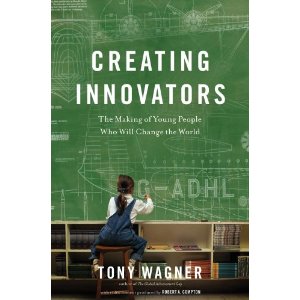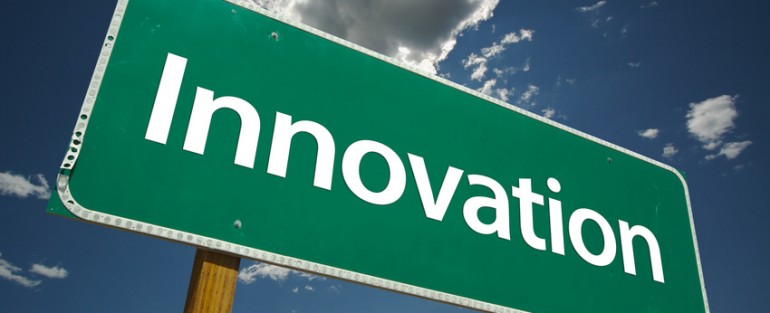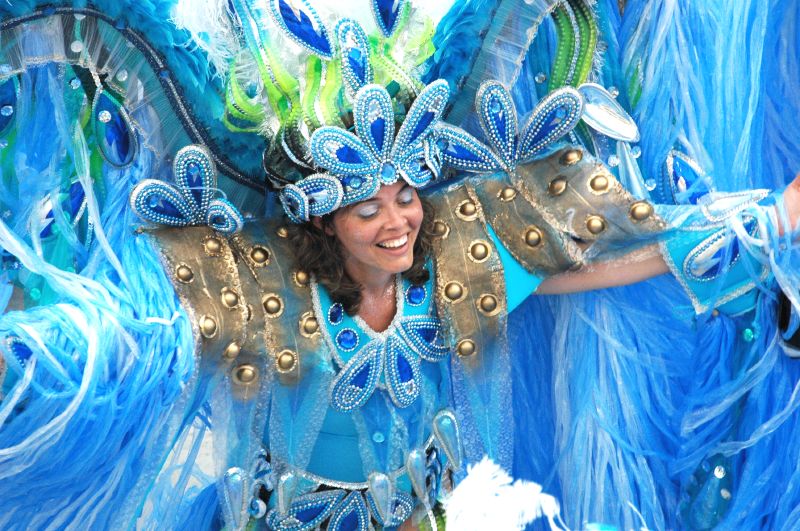What does it mean to be an innovative school? This is a question we have been wrestling with in relation to both EAB’s mission statement reference to innovation and our responsibility to offer a consequential educational program that keeps pace with societal changes.
The answer to this question will depend on the context of the discussion. In a local context, many would consider EAB’s implementation, for example, of home learning and standards-based reporting in the Lower School, the move to one-to-one and BYOD devices in the Upper School, and the introduction of late-start Wednesdays to support professional development to be innovative. While these are all very important and forward thinking initiatives in our local context, it can be argued from a macro perspective that these initiatives are not necessarily new and innovative.
To further address our question about innovation, EAB’s Leadership Team is currently engaging in a book study using Tony Wagner’s, Creating Innovators: The Making of Young People Who Will Change the World. The Team’s readings and reflections have led to a reframing of our question, from seeking to define what it means to be an innovative school to the question of, “How do we create the next generation of innovators?” Through Wagner’s extensive study of high profile innovators who have achieved noteworthy success in our current society, he identified one key common theme among all of these individuals. In every case, it was during the childhoods of the future innovators that the, “adults in their lives nurtured their creativity and sparked their imaginations, while teaching them to learn from failures and persevere.”
 Through his research, Wagner goes on to identify a fundamental pattern: “A childhood of creative play leads to deep-seated interests, which in adolescence and adulthood blossom into a deeper purpose for career and life goals. Play, passion, and purpose: These are the forces that drive young innovators.” Wagner’s emphasis on the three mainstays of play, passion, and purpose leads us, in turn, to the ideals associated with intrinsic motivation, which is really the crux of this conversation.
Through his research, Wagner goes on to identify a fundamental pattern: “A childhood of creative play leads to deep-seated interests, which in adolescence and adulthood blossom into a deeper purpose for career and life goals. Play, passion, and purpose: These are the forces that drive young innovators.” Wagner’s emphasis on the three mainstays of play, passion, and purpose leads us, in turn, to the ideals associated with intrinsic motivation, which is really the crux of this conversation.
Creating Innovators Video Summary
Therefore, how can an educational program lead students to become driven by intrinsic motivation rather than external rewards? Examining this question from a systems perspective, Wagner highlights the three main stages in the evolution of learning: (1) memorization-based, multiple-choice approach, (2) project-based learning where the problem is already determined, (3) design-based learning, where students learn how to define and frame problems. The process of defining a problem and then working through innovative and creative solutions has a significantly more profound impact on student learning than the expectation to recall and repeat answers.
Though it was not by my intentional design, it as during one of the recent high school leadership classes I teach at EAB that students naturally exhibited the power of design-based learning. While using the issue of homework to develop debate and communication skills, the students far exceeded the original scope of the project as they decided to extend the activity, formally challenge the school’s current homework policy, and draft their own policy statements. The prominent feature of the activity was how the students’ discussions evolved from one of entertaining and engaging exchanges (play), to a heated debate over the value of homework (passion), to a determination to influence the school’s current policy to better meet the needs of students and teachers (purpose). The resulting policy statements, which were researched and debated, were innovative, creative, insightful, and clearly illustrated how students, when presented with the opportunity to define a problem, can demonstrate the ideals of intrinsic motivation, self-direction, and lifelong learning.
To be clear, the students’ initial policy statements failed to address several key homework issues, but this was okay. It was the process of learning from their mistakes and the perseverance to improve that was most important. Wagner’s research stresses that the companies recognized as innovative leaders are also the same companies that celebrate failure. He goes on the emphasis that the word failure should be replaced with iteration, as the key to innovation is to continuously learn from experimentation and mistakes through several iterations.
Returning to the question of “How do we create the next generation of innovators?” education must move away from the false dichotomy that an instructional approach is based on either telling students or letting students learn on their own. Instead, there must be a balanced approach where students are exposed to new ideas and have some freedom to choose their learning focus while also receiving guidance and support from teachers. To achieve this goal, Wagner suggests the following three steps: (1) Convert most classroom experiences into collaborative problem-solving events led by facilitators (vs. instructors) who engage learners to think and understand the relevance and context of what they learn. (2) Tailor learning to the individual learner’s experience and competence level based on the results of a pre-test and/or assessment. (3) Dramatically reduce or eliminate instructor-led slide presentation lectures and begin using a blended learning approach that incorporates virtual and constructive simulations.
It is through these focus areas that the American School of Brasilia will ensure that the evolution of our educational program continues to evolve and embody the ideals associated with an innovative school.
Featured image: cc licensed ( CC BY-NC-SA 2.0 ) flickr photo by Orwell Kowalyshyn: http://www.flickr.com/photos/79414198@N02/7313476952/in/photolist-c9gtUd-fuF1BJ
Book Cover Credit: Tony Wagner and Scribner

